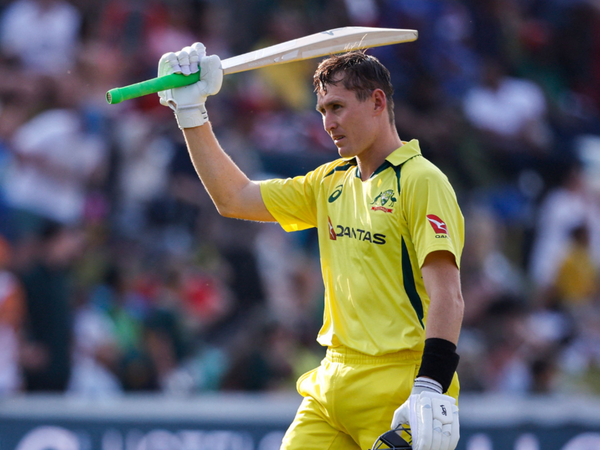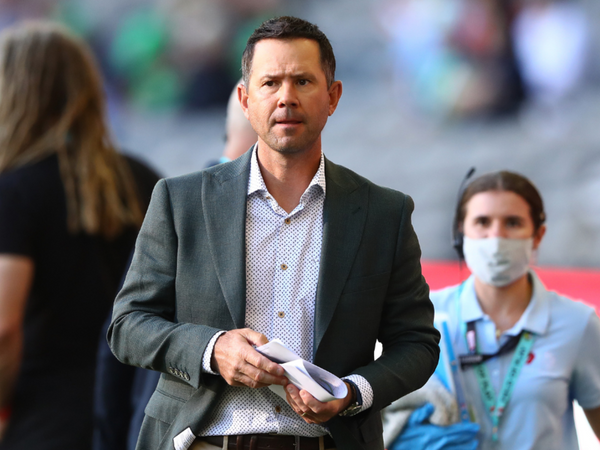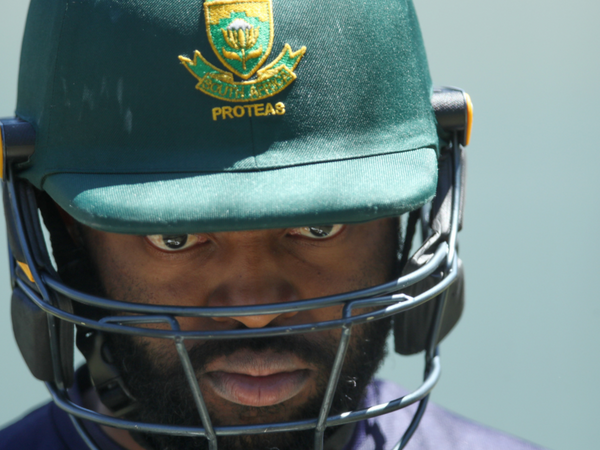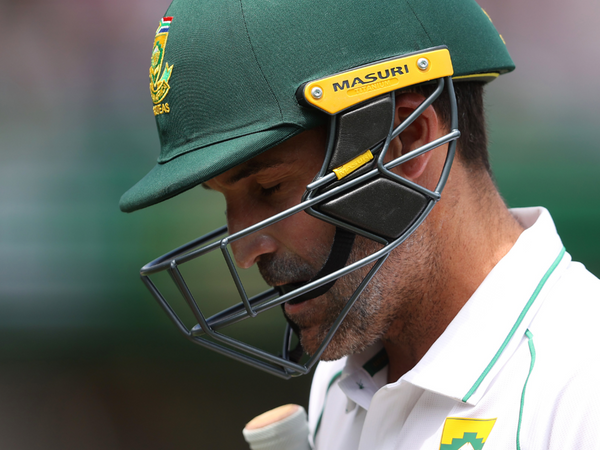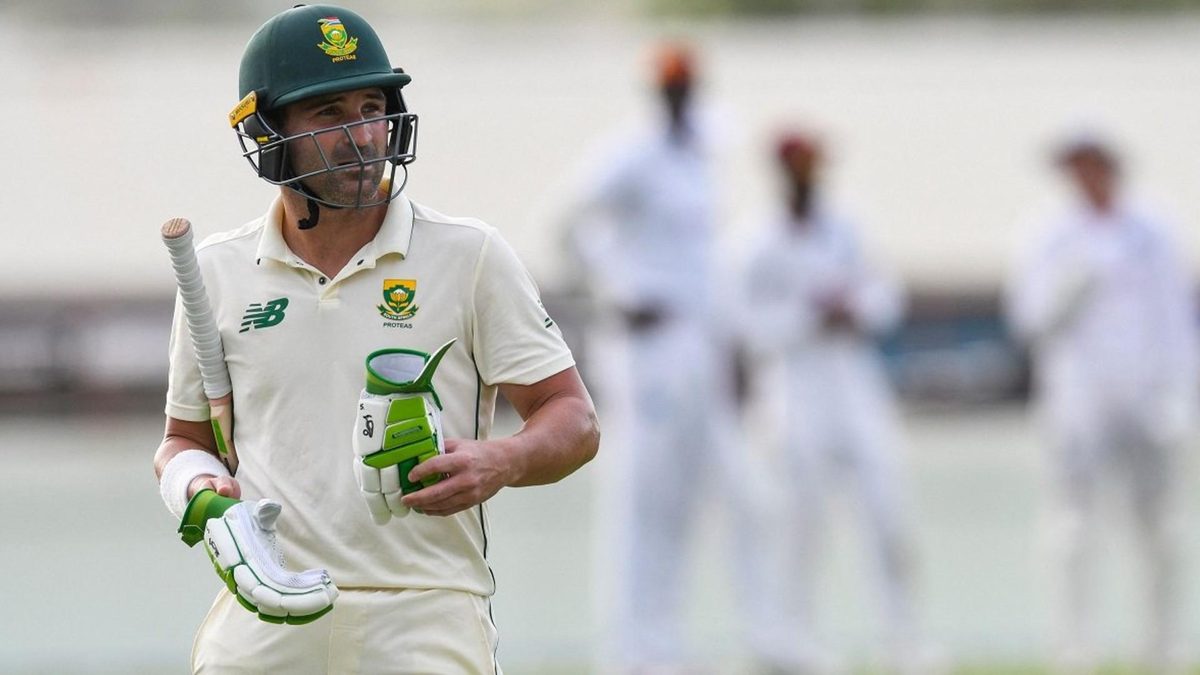
The South African batting unit has been undergoing a low phase, but things aren’t quite as bad as they seem, writes Abhishek Mukherjee.
First and foremost, the bare facts. South Africa have now scored 151, 179, 118, 169, 152, 99, and 189 in consecutive innings – in other words, they have failed to reach 200 seven times in a row. Their batting average in the year (23) is better than only Bangladesh’s 22.42. It paints a dismal picture – until one sees the other side of the story.
South Africa’s bowling average for the year (24.39) is the best for any side. Their bowlers have struck every 43 balls. Among other teams, only India have struck at under 50 balls a wicket, but their strike rate is 49, which means that they have bowled about 20 overs more than South Africa to bowl out a side twice. No other team has taken a wicket at a strike rate under 58 balls this year.
Combining the two, one can conclude that this year’s Tests featuring South Africa have been played in conditions more bowler-friendly than matches not involving them. The difference becomes evident once one pits the averages between matches involving South Africa (24.70) to matches without them (31.74). A wicket has fallen every 46 balls when South Africa played, and every 62 balls when they did not.
The seven-innings streak, thus, perhaps looks worse than it actually is. Batting performances often seem extreme – either way – when not pitted against how the opposition has fared. Until Melbourne, South Africa have, in four of their last six innings, bowled out teams for 165, 149, 158, and 218 before taking four wickets while defending 34 in Brisbane.
The 007 factor
As demonstrated above, there is little doubt that South Africa’s underwhelming batting performance in 2022 has had to do a lot with the playing conditions. At the same time, it cannot be denied that the batters have not stepped up. While the global batting averages have indeed come down over the last five years, the fact remains that no South African averages 39 with the bat this year does paint a sorry picture. And barring Keegan Petersen (38.38), who is not touring Australia, and Temba Bavuma (38.15), no one averages even 33.
For every batting position, South Africa remains in the lower half among the nine Test nations this year while staying above the very bottom – until one reaches No.7, which often determines the balance of a Test XI. Despite being boosted by Marco Jansen’s 59, the South African No.7 averages 15.17 this year: the number is at least 21 for every other team (including a staggering 71.25 for New Zealand).
South Africa started the year with Jansen at No. 7. At No.6 was Kyle Verreynne – the pair have taken turns at taking the No. 7 spot throughout the year. The run was interrupted at times by Wiaan Mulder, and once by Simon Harmer. Verreynne has batted five times at No.7: in three of those occasions, Mulder, Jansen, and Keshav Maharaj have batted above him – in other words, South Africa have played five bowlers almost every time.
The lone exception to this was in Christchurch where, in the first Test of the two-match series, South Africa went in with six batters. Recalled to the Test side after two years, Zubayr Hamza made 25 and six, and South Africa crashed to 95 and 111: the batting cushion did not help them at all. In the second Test match, at the same venue, their changes included replacing Hamza with Mulder.
South Africa continued to back the five-bowler strategy throughout the year. Even on a green pitch in Brisbane (that got a ‘below average’ rating), they went in with Jansen at No.7 and Maharaj at No.8, followed by Kagiso Rabada, Anrich Nortje, and Lungi Ngidi. Despite the rout, they backed the same strategy at Melbourne: the only way for them to level the series was to take 20 wickets, and leaving out a bowler for a batter was not going to get them there.
One cannot help but draw parallels with the Indian approach. When Virat Kohli left Australia to take paternity leave after India were bowled out for 36 – their lowest ever total in Test cricket – in Adelaide in 2020/21, India replaced him with Ravindra Jadeja. India bounced back to clinch the series 2-1. A few months later, India were bowled out for 78 in Headingley. Yet again, they went in with five bowlers (though there was a slight compromise in bringing in Shardul Thakur) – and won at The Oval.
South Africa’s method has not worked out the way India’s had – but it might have. South Africa have not batted well this year, but some of that has been due to conditions, and some due to a dogged backing of the five-bowler plan. At some point it is bound to reap results, for to win Test matches, a side needs to back their bowling attack.
*all numbers up to end of second day’s play, Melbourne Test, and tea, second day, Karachi Test

